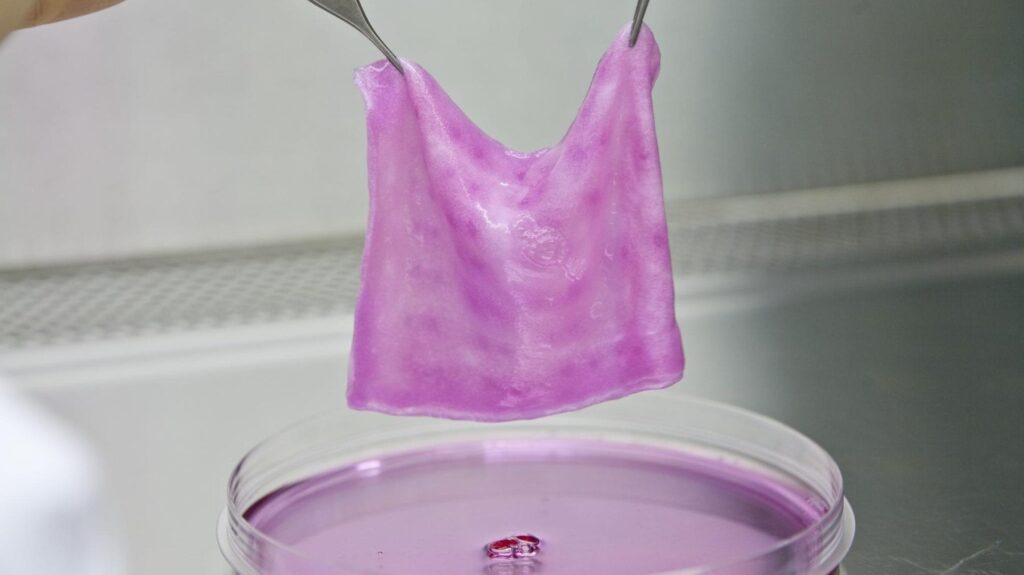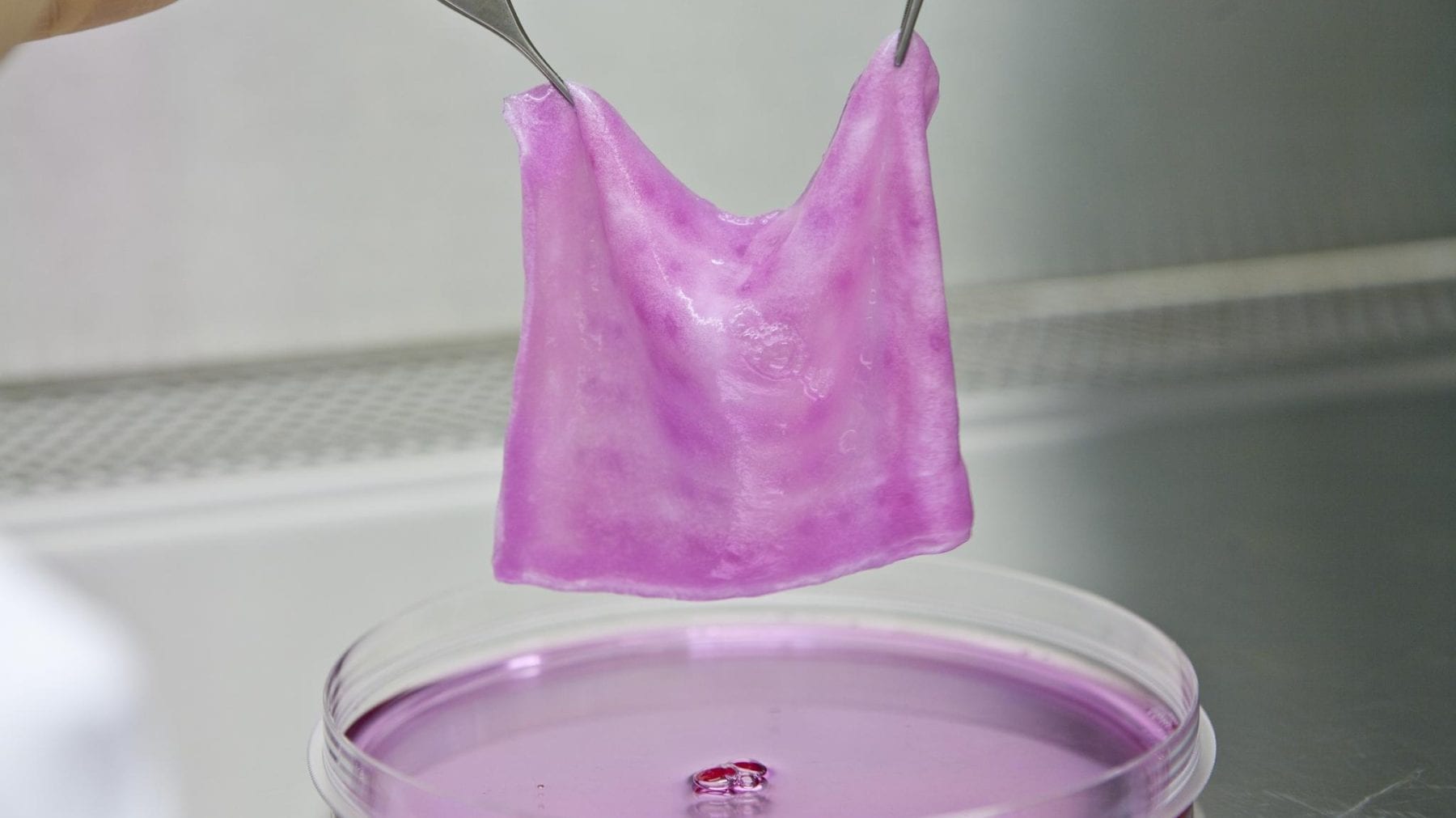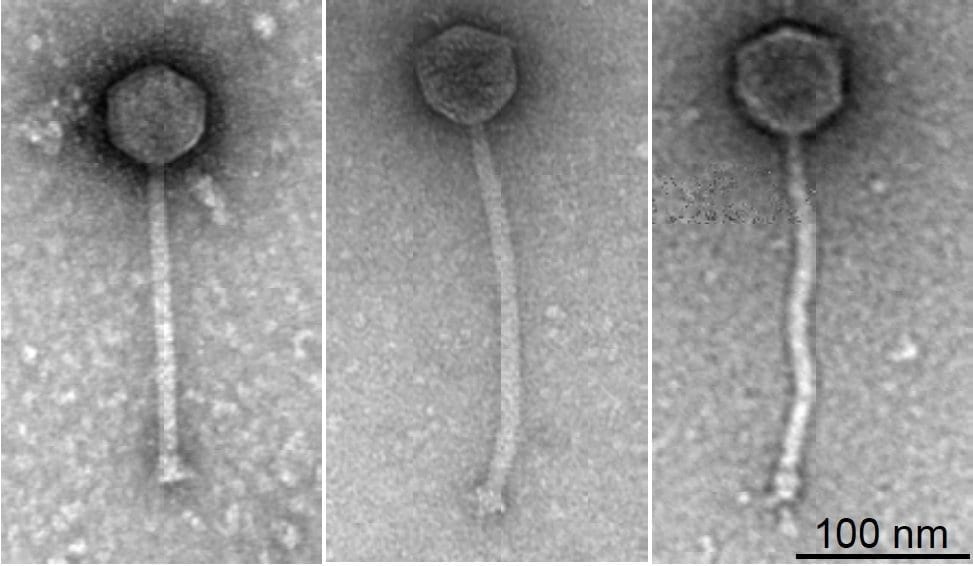
A new generation of biological infection-fighting bandages could reduce the death rate among victims of serious burns. This technology, which EPFL helped develop, is the result of close collaboration among Swiss burn specialists.
Serious burn victims are immunocompromised and may be missing skin on parts of their body, and this makes them highly vulnerable to bacteria. Thanks to progress in intensive care, they are decreasingly likely to die from burn trauma. Death is more commonly the result of infections that can occur several months after being hospitalized. The bandages used to treat burns actually represent a real breeding ground for microbes.
To combat these bacteria, which are increasingly antibiotic-resistant, a consortium of Swiss researchers worked on a biological bandage able to accelerate the scarring process and, ultimately, prevent bacteria from multiplying. The researchers focused on the formidable bacterium called Pseudomonas aeruginosa, the main cause of infections and death among serious burn victims. An article describing the new bandage, which was developed in part at EPFL, has just been published in Nature Scientific Reports.
The technology is based on a biodegradable bandage made of animal collagen and ‘progenitor’ cells that can multiply quickly. First developed by the CHUV in 2005, these bandages hastened the healing process but did nothing to protect against microbes. The researchers have now demonstrated that by combining these biological bandages with special molecules called dendrimers, it would be possible to not only speed up healing but also to put a stop to infections.
Halting bacterial proliferation
The bandage consists of a strip of gauze made from collagen to which progenitor cells and dendrimers have been added. When the bandage is placed on a bacteria-infected site, some of the dendrimers migrate and destroy the microbes located in the direct vicinity of the bandage. Other dendrimers remain inside the bandage. “Bandages are a favorable environment for bacterial growth,” said Dominique Pioletti, the head of EPFL’s Laboratory of Biomechanical Orthopedics. “So some dendrimers have to remain in the bandage to destroy any intruders.” With his team, the researcher’s task was to find a way to incorporate dendrimers in the biological bandage. He then observed how the bacteria interacted with the new bandage.
Cutting the death rate
For hospital burn specialists, this technology meets an urgent need. “Currently, we have to take enormous precautions with our patients,” said Lee Ann Laurent-Applegate, the head of the Regenerative Therapy Unit at the CHUV. “The bandages, which sometimes cover most parts of the body, need to be changed every day for several months. Yet that does not stop infections. And we cannot prescribe antibiotics to all patients as a preventive measure for fear of making the bacteria more resistant. With the new bandages, rather than treating infections, we will be preventing them. We are nipping the problem in the bud.”
The new bandage will be tested in Zurich before they can be used in clinics.
Learn more: Infection-fighting bandages for serious burns
The Latest on: Infection-fighting bandages
[google_news title=”” keyword=”infection-fighting bandages” num_posts=”10″ blurb_length=”0″ show_thumb=”left”]
via Google News
The Latest on: Infection-fighting bandages
- Blinded in battle, these Ukrainian soldiers will never see their new babieson May 1, 2024 at 10:06 pm
Three months before Isabella’s birth, Kozachok, 47, was blinded when shrapnel from a Russian shell pierced the left side of his skull in Chasiv Yar, the small city where he was fighting as a soldier ...
- AP finds grueling conditions in Indian shrimp industry that report calls 'dangerous and abusive'on April 29, 2024 at 5:00 pm
Some have nail fungus, caused by small cracks that allow germs to cause infections. Other women have fingers or ... Many handled shrimp with bare hands. Some women had bandages on injured fingers.
- As King Charles continues his recovery, how Prince Philip battled heart condition and the Queen Mother was secretly treated for canceron April 26, 2024 at 10:01 am
In June 2012, Philip went back to hospital for six days after developing a urinary infection during the river pageant to ... Kate's current cancer fight and her initial surgery for an unspecified ...
- GGML has joined forces with OSHA to provide training for 50 food vendors on fire safety and preventionon April 26, 2024 at 8:13 am
Geita Gold Mining Limited (GGML) has partnered with the Workplace Safety and Health Agency (OSHA) to provide specialized training to 50 women food vendors in the Arusha region. The objective of this ...
- Common antibiotic may be helpful in fighting respiratory viral infectionson April 22, 2024 at 12:24 pm
Yale researchers say that nasal application of neomycin shows promise in the prevention and treatment of respiratory viral infections ...
- How to Take Care of Your Feeton April 19, 2024 at 8:45 am
Many runners probably don’t spend a lot of time thinking about their feet. After all, it’s easy to slip on a pair of socks, lace up your shoes, and forget about your tootsies as your mind wanders to ...
- Ask Sam: What is the bacteria in the water at the coast?on April 18, 2024 at 1:51 am
“While healthy individuals typically develop mild illness, Vibrio infections can be severe or life threatening ... Cover your wound with a waterproof bandage if it could come into contact with ...
- Troubling detail in new video of Kanye and Aussie wife at Disneylandon April 17, 2024 at 10:32 am
Kanye West and his Australian wife Bianca Censori stepped out for a day at Disneyland – but one detail in this footage is worrying. Perhaps she was cosplaying as Pocahontas?
- Bianca Censori’s feet wrapped with bandages while on Disneyland date with Kanye Weston April 17, 2024 at 9:06 am
Perhaps she was cosplaying as Pocahontas? Bianca Censori stepped out barefoot for a Disneyland date with Kanye West Tuesday afternoon. The shoeless beauty had only bandages covering her feet as she ...
- Knife by Salman Rushdie review – a story of hatred defeated by loveon April 15, 2024 at 12:27 pm
A book its author ‘would much rather not have needed to write’ ranges far beyond his attempted murder and recovery ...
via Bing News











